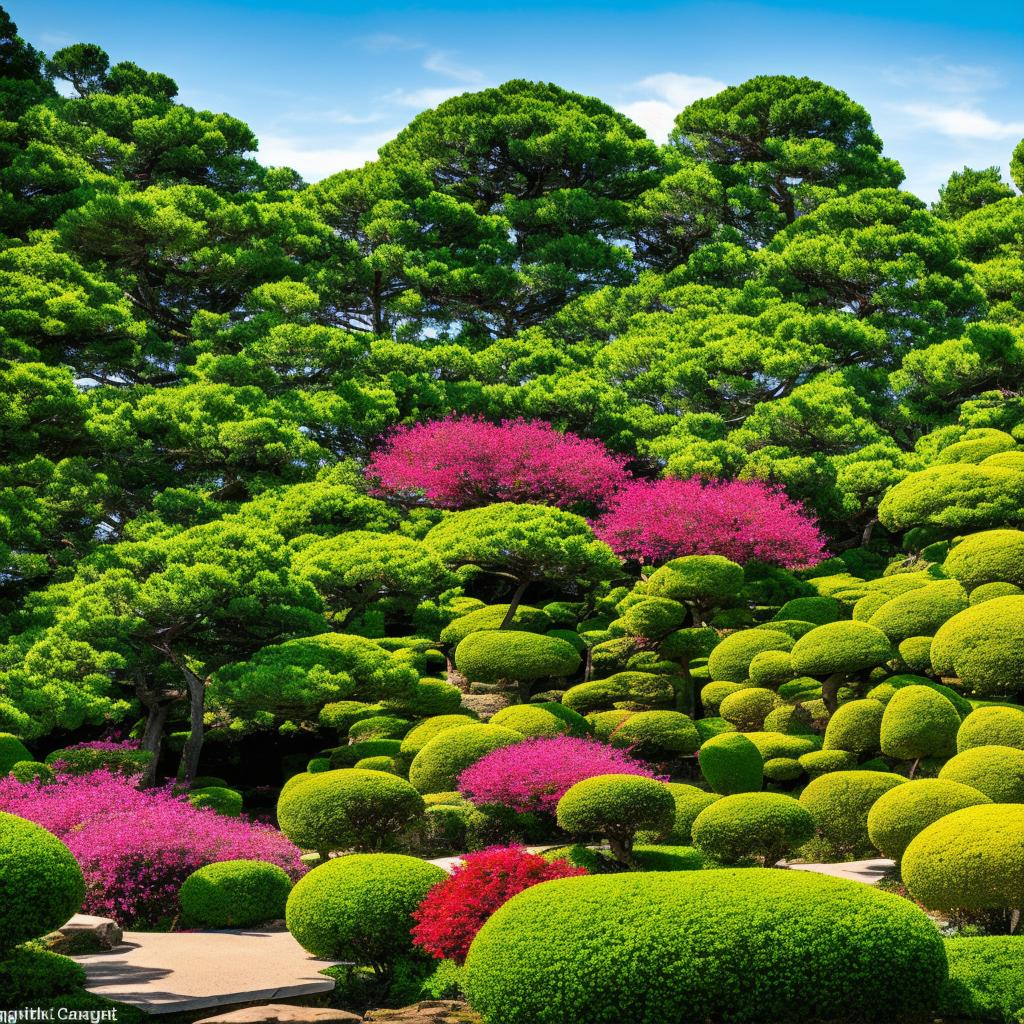In a bustling world filled with noise and chaos, finding a moment of tranquility can seem like an impossible feat. However, nestled within the ancient art of Japanese tea gardens lies a serene oasis of peace and harmony. In this article, we will explore the intricate beauty and profound symbolism behind designing a Japanese tea garden, where every stone, plant, and pathway is meticulously arranged to create a space that invites contemplation and reverence. Join us on a journey to uncover the secrets of this ancient tradition and discover how you can bring a slice of serenity into your own backyard.
Creating a Zen-inspired Oasis: Principles of Japanese Tea Garden Design
When designing a Japanese Tea Garden, it is essential to focus on creating a space that promotes tranquility and harmony. These gardens are often referred to as an oasis of peace, where visitors can relax and find inner calm. One key principle of Japanese Tea Garden design is simplicity. By keeping the design clean and uncluttered, the space feels open and inviting, allowing for a sense of serenity to wash over those who enter.
Another important aspect of Japanese Tea Garden design is the use of natural elements. Incorporating elements such as water, rocks, gravel, and plants helps to create a connection to the natural world and enhances the overall peaceful atmosphere of the garden. By carefully selecting and arranging these elements, a sense of balance and harmony can be achieved, making the garden a place of retreat and contemplation.
Integrating Natural Elements: Water, Stone, and Plants
When designing a Japanese tea garden, it is essential to emphasize tranquility and harmony through the integration of natural elements. Water, stone, and plants play crucial roles in creating this serene atmosphere.
Incorporating flowing water elements such as a small stream or a tranquil pond can bring a sense of movement and peacefulness to the garden. Smooth stones strategically placed along the water feature can add a sense of balance and grounding. Additionally, carefully selected plants like Japanese maples, cherry blossoms, and bamboo can further enhance the overall aesthetic and create a harmonious environment that is perfect for tea ceremonies and relaxation.
Enhancing Serenity Through Thoughtful Pathways and Seating Areas
In a Japanese Tea Garden, every pathway and seating area is carefully designed to promote tranquility and harmony. The meandering pathways, made of smooth stones and surrounded by lush greenery, encourage visitors to slow down and appreciate the beauty of nature. Along these pathways, strategically placed seating areas invite guests to pause, reflect, and connect with their surroundings.
One key element of a Japanese Tea Garden is the use of traditional Japanese architecture, such as wooden benches, stone lanterns, and bamboo fences. These structures are not only functional but also serve as artistic focal points that enhance the overall serenity of the garden. By incorporating these thoughtful pathways and seating areas into the design of a Japanese Tea Garden, one can create a space that encourages mindfulness, relaxation, and a deep sense of peace.
Cultivating a Sense of Balance: Using Moss, Gravel, and Lanterns
Transform your outdoor space into a serene oasis with the art of Japanese tea garden design. By incorporating elements like moss, gravel, and lanterns, you can create a sense of balance and harmony that will transport you to a place of tranquility.
Utilize moss to add a lush, green carpet to your garden, symbolizing age and tradition in Japanese culture. The soft texture of moss provides a calming effect, inviting visitors to relax and connect with nature. Pair the moss with gravel pathways to create a visual contrast that represents the concept of yin and yang. Complete the ambiance with lanterns strategically placed throughout the garden, casting a warm glow that enhances the overall sense of peace and serenity.
Concluding Remarks
designing a Japanese tea garden is a practice that emphasizes tranquility and harmony, inviting guests to immerse themselves in a peaceful oasis. By incorporating traditional elements like lanterns, bridges, and water features, you can create a space that not only reflects Japanese culture but also promotes a sense of inner peace and relaxation. Whether you’re a seasoned gardener or a novice enthusiast, exploring the art of Japanese tea garden design can be a fulfilling and rewarding experience. So grab your pruning shears and start cultivating your own slice of paradise today. Let the beauty and serenity of a Japanese tea garden transport you to a state of mindfulness and tranquility.




